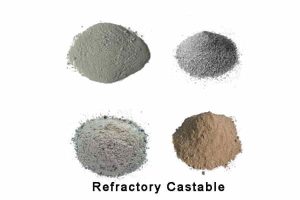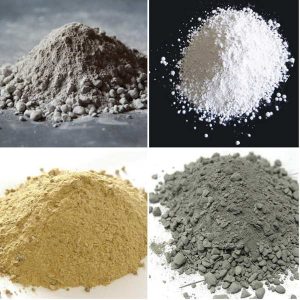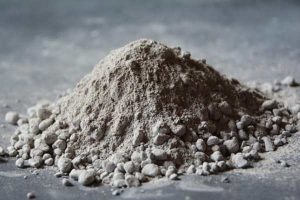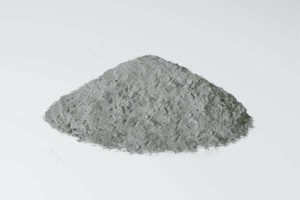Castables are a common type of refractory material used in various industries such as steel, цемент, стакан, и нефтехимия.
Castables are made of a mixture of refractory aggregates, связующие агенты, и добавки.
They are generally installed by casting or gunning, and once they have been cast, they need to be cured before being put into service.
Despite being carefully installed and cured, cracks may appear in the castables after construction.
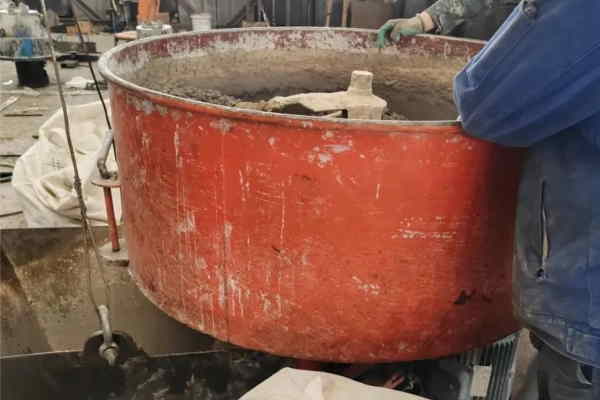
Castables have several advantages over other types of refractory materials. They are easy to install, have good thermal shock resistance, and can be shaped to fit complex geometries.
Castables can also be used to repair damaged refractory linings, which can extend the service life of the equipment.
Types of Castables
There are several types of castables available, каждый со своими уникальными свойствами и применением. Some of the most common types of castables включать:
Conventional castables: These castables are made of a mixture of refractory aggregates, связующие агенты, и добавки. They have good strength and are easy to install.
Литые изделия с низким содержанием цемента: These castables contain less cement than conventional castables and have a lower porosity. They are more resistant to chemical attack and have higher abrasion resistance.
Самотекущие отливки: These castables have a low viscosity and can be poured into place. They are used in applications where the lining needs to be formed around complex shapes.
Изоляционные бетоны: These castables are used for insulation purposes and have low thermal conductivity. They are used in applications where heat needs to be retained.
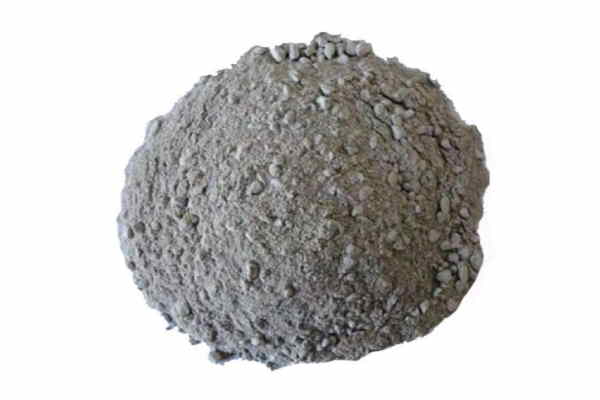
Reasons for Cracks in Castables
Despite being carefully installed and cured, cracks may appear in the castables after construction. Some of the common reasons for cracks are:
Improper installation
Improper installation is one of the most common reasons for cracks in castables. If the castables are not installed properly, it can lead to weak spots in the lining, which can cause cracks.
Improper installation can occur due to insufficient vibration during installation, incorrect mixing of the castables, or incorrect installation procedures.
Incorrect selection of castables
Another reason for cracks in castables is the incorrect selection of castables. If the castables are not suitable for the application, it can lead to premature failure of the lining.
Например, using conventional castables in a highly corrosive environment can lead to chemical attack and failure of the lining.
Inadequate curing time
Inadequate curing time is another common reason for cracks in castables.
If the castables are not allowed to cure for the recommended amount of time, it can lead to weak spots in the lining, which can cause cracks.
Thermal shock
Thermal shock is the rapid change in temperature that can cause the castables to expand or contract rapidly, leading to cracks.
Thermal shock can occur due to sudden changes in temperature or temperature gradients across the lining.
Chemical attack
Castables can be subjected to chemical attack in harsh environments.
Chemical attack can cause the castables to break down and weaken, leading to cracks in the lining.
Chemical attack can occur due to exposure to acids, щелочи, and other corrosive substances.
Physical impact
Physical impact, such as from dropping heavy objects or impact from moving equipment, can cause cracks in the castables.
This can lead to weakening of the lining and reduce its service life.
High-temperature cycling
High-temperature cycling can cause the castables to expand and contract, leading to cracks in the lining.
High-temperature cycling can occur due to the cyclic operation of equipment or due to changes in the temperature gradient across the lining.
Moisture penetration
Moisture can penetrate the castables, leading to expansion and cracking.
Moisture penetration can occur due to improper sealing of joints, exposure to rain or humidity, or improper installation procedures.
Preventive measures
To prevent cracks from appearing in castables, several measures can be taken:
Proper installation
Castables should be installed properly, following the recommended procedures. This includes proper mixing of the castables, sufficient vibration during installation, and proper curing.
Correct selection of castables
The correct type of castable should be selected for the application, taking into account the operating temperature, the type of environment, and the potential for the chemical attack.
Sufficient curing time
Castables should be allowed to cure for the recommended amount of time before being put into service.
This will ensure that the castables have sufficient strength and will reduce the risk of cracks appearing.
Minimizing thermal shock
Measures should be taken to minimize тепловой удар, such as reducing temperature gradients, avoiding sudden temperature changes, and using insulating materials.
Protecting against chemical attack
Castables should be protected against a chemical attack by selecting the appropriate type of castable and using chemical-resistant coatings or linings where necessary.
Avoiding physical impact
Castables should be protected from physical impact by installing protective barriers or using shock-absorbing materials.
Reducing high-temperature cycling
High-temperature cycling should be reduced by reducing temperature gradients, avoiding sudden temperature changes, and using insulating materials.
Preventing moisture penetration
Moisture penetration should be prevented by sealing joints properly, protecting against rain and humidity, and using water-resistant coatings or linings.
Заключение
Cracks in castables can lead to premature failure of refractory linings and can be costly to repair.
The causes of cracks in castables can be attributed to improper installation, incorrect selection of castables, inadequate curing time, тепловой удар, chemical attack, physical impact, high-temperature cycling, and moisture penetration.
Preventive measures such as proper installation, correct selection of castables, sufficient curing time, minimizing thermal shock, protecting against chemical attack, avoiding physical impact, reducing high-temperature cycling, and preventing moisture penetration can help prevent cracks from appearing in castables.
Please bookmark our website (www.perref.com), we will keep updating more knowledge and products about огнеупорный кирпич and refractory castables.

